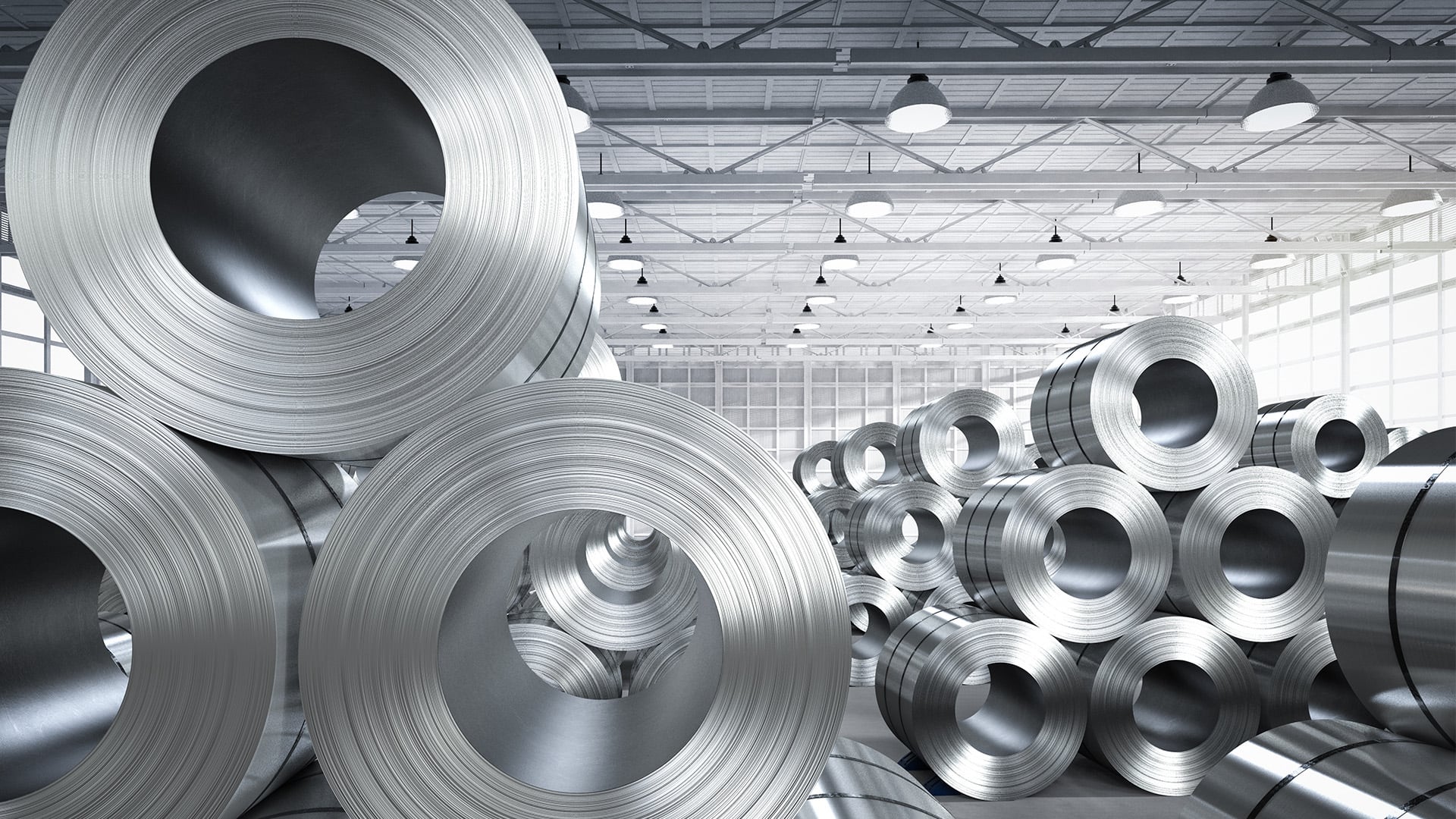How is Stainless Seamless Hydraulic Tubing Produced?

The production of seamless stainless hydraulic pipes is a complex process that involves the following steps:

The production of seamless stainless hydraulic pipes is a complex process that involves the following steps:
1. Material Selection: Stainless steel is commonly preferred for hydraulic applications. The quality and composition of stainless steel to be used for pipe production must be carefully chosen. Typically, 304 or 316 stainless steel types are preferred.
2. Pipe Cutting: Stainless steel sheets or bars are cut to the desired dimensions. This process allows the steel sheets or bars to be turned into pipes of the appropriate diameter.
3. Pipe Shaping: The cut steel pieces are shaped into pipes using hydraulic presses or pipe machinery. This step determines the outer diameter and wall thickness of the pipe.
4. Hot or Cold Forging: The pipe can undergo hot or cold forging. This process enhances the pipe's strength and helps it achieve the desired diameter and wall thickness.
5. Seamless Process: One of the most crucial features of seamless hydraulic pipes is their lack of seams. Therefore, there are no seams or welds inside the pipe. Special processes are applied to both the inner and outer surfaces to achieve seamlessness.
6. Heat Treatment: Pipes may undergo heat treatment. This process stabilizes the inner structure of the pipes and increases their strength.
7. Cooling and Cutting: After heat treatment, the pipes are cooled and then cut to the desired length.
8. Surface Finishing: The surface of seamless stainless pipes is typically polished or subjected to a surface
treatment appropriate for stainless steel to enhance its corrosion resistance properties.
9. Inspection and Testing: The produced pipes go through quality control and testing processes. This is crucial for assessing the durability and seamlessness of the pipes.
10. Packaging and Distribution: Finally, seamless hydraulic pipes are packaged and prepared for distribution.
These steps form the foundation of the production process for seamless stainless hydraulic pipes. This process ensures the manufacture of high-quality and reliable hydraulic pipes with a wide range of industrial applications. Working with special materials like stainless steel requires precision and careful quality control measures.